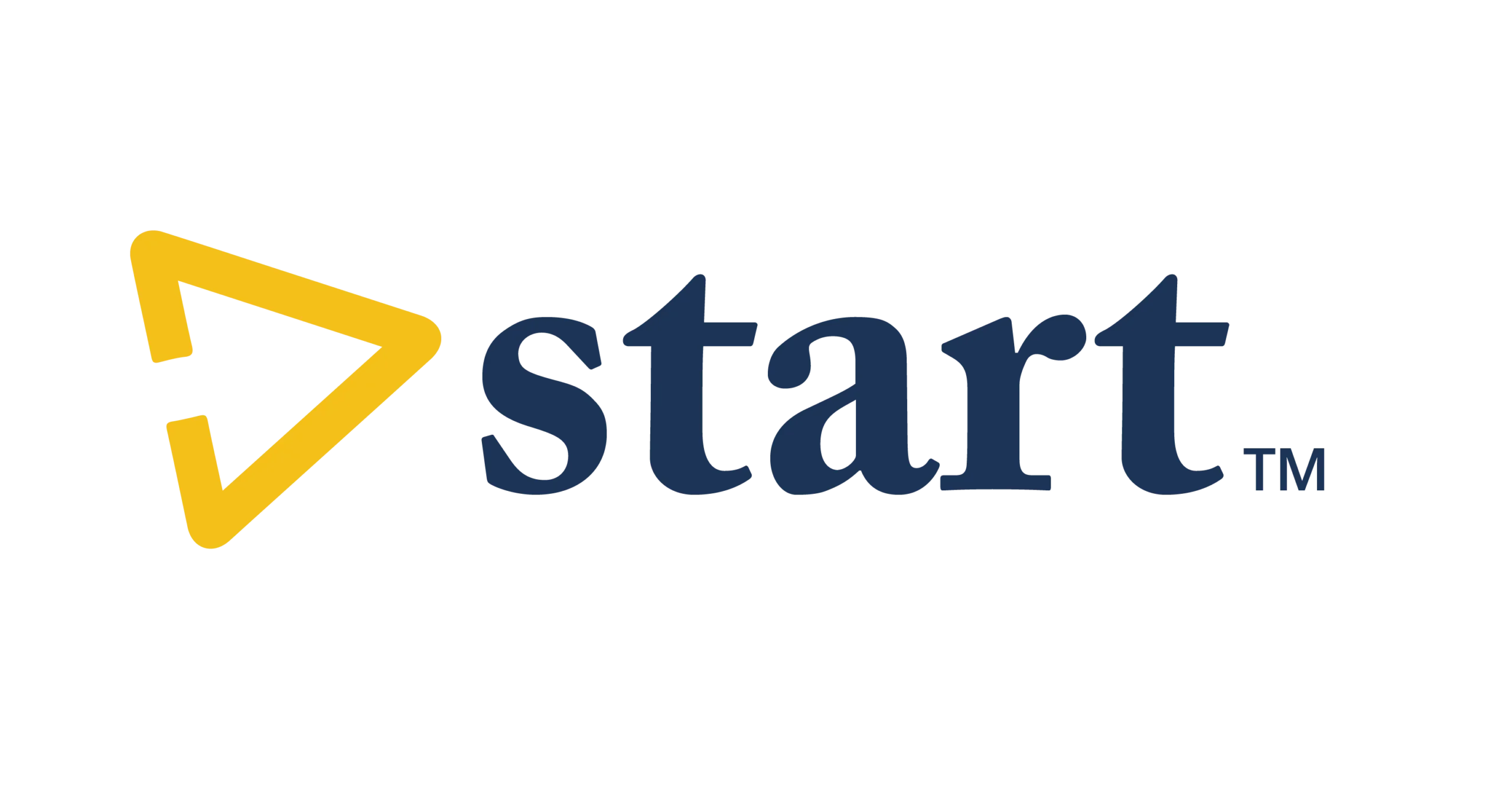
HSA Annual Contribution Limits are On the Rise
Great news! HSA annual contribution limits are set to take a significant leap next year. The IRA has recently announced that in 2024, individuals can contribute a maximum of $4,150 to their HSA each year, while families can allocate up to $8,300. What’s even more exciting is that couples over 55 can potentially contribute over $10,000 to their HSAs next year, factoring in the $1,000 catch-up contribution available for those aged 55 or older.
This increase holds particular significance given that inflation is at an all-time high and that’s not just a figure of speech. The U.S. Bureau of Labor Statistics announced that the consumer price index has increased by 8.5% in the last year. Here’s a startling fact: between 1960 and 2020, inflation averaged around 3.7% annually, making the current inflation rate more than double what we’re accustomed to. If that’s not alarming enough, consider this: Healthcare inflation typically ranges from 2 to 2.5 times the overall U.S. inflation rate. While these figures might be sickening, take solace in the fact that your HSA is an important weapon in the battle against escalating healthcare expenses. (And if you have yet to open an HSA, now is a great time to do start!)
HSA Don’t Just Contribute, Invest!
While making maximum yearly contributions to your HSA is crucial, merely stowing away your HSA deposits may not suffice for your retirement needs. The average annual percentage yield (APY) earned by an HSA holder with an average balance is approximately 0.23%. For the average retired couple who retired in 2021, an estimated 5.9% healthcare inflation rate awaits during their retirement. Regrettably, this implies that couples who don’t invest their HSA funds might experience an annual real return of about -5.67%. Get maximium kick back on your HSA money by investing today.
HSA Your Savings’ Saving Grace
It’s crucial that you consider investing your HSA funds now more than ever! The only way your HSA savings can keep pace with inflation is through investment.* On the bright side, HSA investments not only help your account not only keep up with inflation but also potentially outrun it. HSA funds can be invested tax-free in mutual funds, stocks, or bonds. Familiarize yourself with MotivHealth HSA investments and available options here. If an individual were to contribute $4,000 annually to their HSA investments over 20 years and achieve an average annual return of 7%, they would have an extra $82,000 compared to someone who didn’t invest their HSA funds. Clearly, HSA investments stand as a powerful defense against healthcare inflation.
*Note that maximizing your yearly HSA contributions remains important even if you opt not to invest. HSA savings can provide a big relief for unexpected medical expenses and can also be applied toward your deductible. Let’s not forget the triple-tax advantage: tax-free contributions, tax-free growth, and tax-free withdrawals for qualified medical expenses.
Sources:
“Amid Inflation, IRS Boosts Health Savings Account Contribution Limits in 2023 for Individuals, Family Plans”
CNBC
